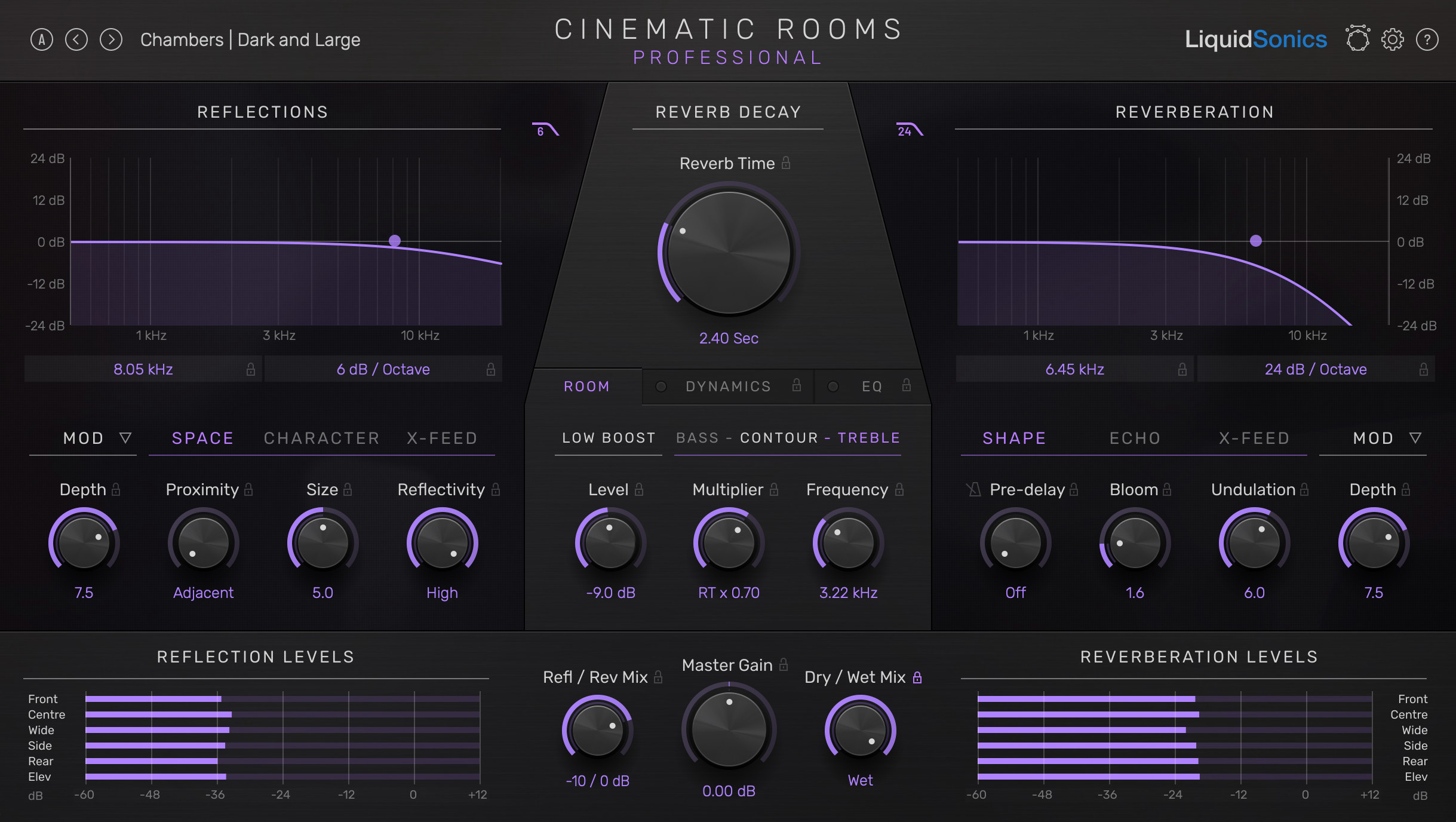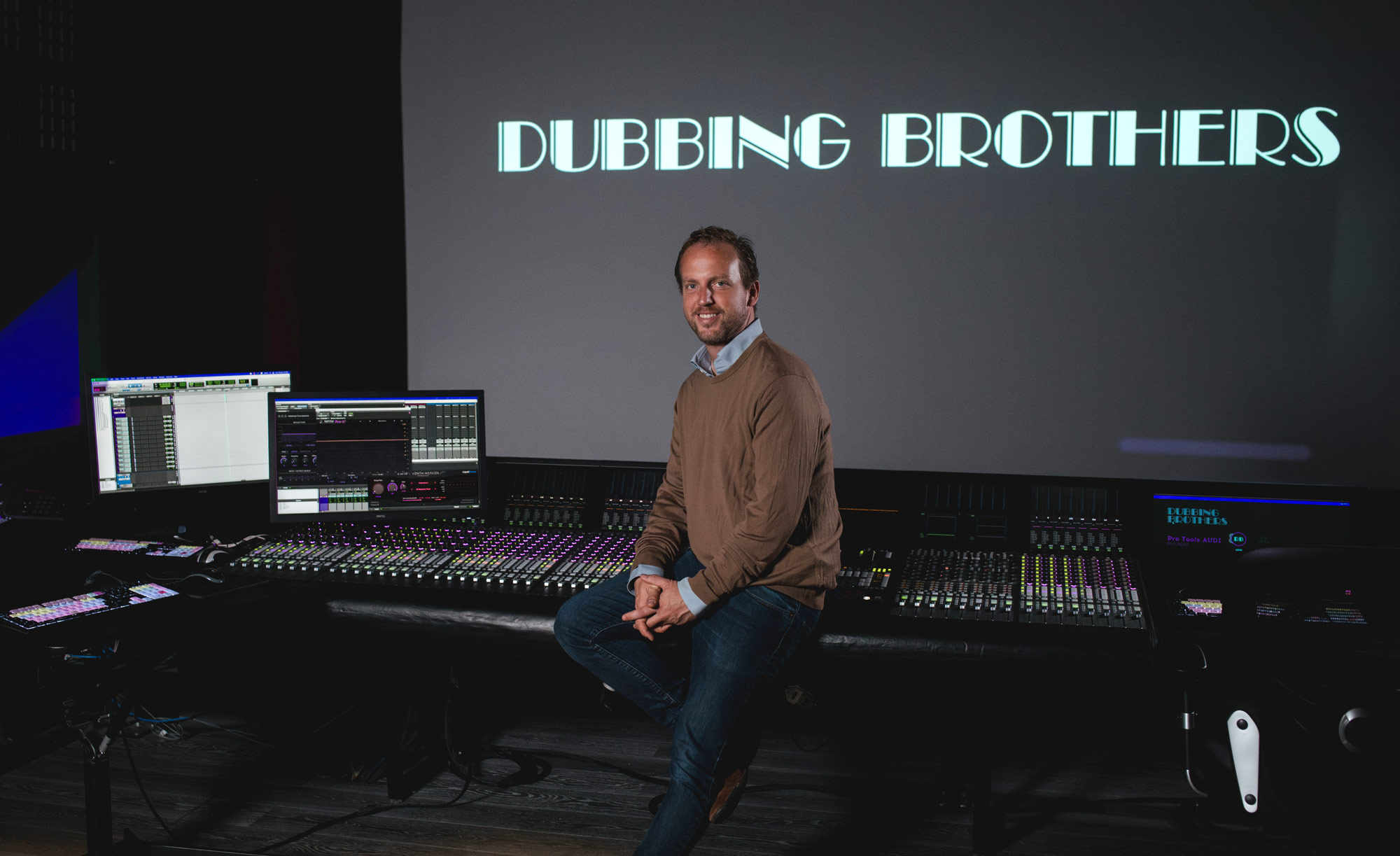
Founded in 1989, Dubbing Brothers is a renowned post-production company specialising in dubbing, localisation, and audio post services for the film and television industry. The company has earned the trust of top studios and broadcasters, including Disney, Netflix, Amazon, HBO, Apple, and Warner Brothers, to name a few.
With state-of-the-art facilities located in multiple countries, Dubbing Brothers employs highly skilled teams to ensure content is seamlessly adapted for audiences worldwide, preserving the original essence while meeting the linguistic and cultural nuances of each target market.
Jérôme Malaize is Dubbing Brothers’ Chief Technology Officer, ensuring all mixers across the company have access to the same equipment, including software and plug-ins, maintaining a consistent approach to their projects. In this interview, we talk to Jérôme about Dubbing Brothers’ work, the challenges they face, and why LiquidSonics plug-ins passed their tough evaluation process to become integral to the company’s workflows.
Q) How did you get into this line of work?
I’ve been a musician since I was 4 years old and have always had a passion for music. I did internships in music studios in France, particularly in the Davout studios in France then I tried to go to Los Angeles to do internships in the most famous studios. It was pretty difficult to get into the music side of things, but a friend who welcomed me used to be an ADR editor and every afternoon she brought me into places like Sony Pictures, Disney Studios, Warner Brothers etc so I discovered sound for film and it was pretty exciting, with a big mixing desk, big stages. I loved to share the experience with different people on the team – ADR, dialogue mixers, it was pretty exciting to work in a group like that. When I came back to France, I tried to work in a post production company and was eventually hired by Dubbing Bros in 2008.
Having Warner Brothers, Sony Pictures and Disney on my resume proved to be a big help for joining this company. When I started I was an engineer, I would record dialogue for dubbing for four years and then I joined the crew who worked mostly for films. Then eventually I became a sound supervisor and for the last eight years I’ve been CTO of the group.
Q) Talk to me about localisation, what kind of work is Dubbing Bros doing?
We do only dubbing versioning and have facilities in nine countries. Most of the work is to dub from US to French, Italian, German, Swedish, Danish, Finnish, Spanish and now we also do more and more French to English in our eight studios in Burbank. We do all workflow of the dubbing process in our facilities. We now have 150 stages around the world so it’s pretty exciting.
Q) So, you’re probably one of the biggest facilities combined in the world, aren’t you?
Exactly, of course, we have some important competitors in the world. In France we have more than 40 stages and we are the biggest in the sector.
Q) And for those who are reading this and perhaps aren’t very familiar with localisation or reversioning, you’re basically taking a picture or a TV show that’s been made in one language and then reversioning it to have dialogue in other languages?
Yeah, exactly. We use what’s called a rhythmo band, with software we’ve developed called ERytmo. So we have some people who detect lip sync and report it on the rhythmo band, in sync with the picture, then authors adapt the text from the original version to the local version on the rhythmo band, respecting the lip sync and then we record the talent, French talent or Italian talent, to do this version and we edit what they do to make sure the dialogue is perfectly in sync with the original version. Then the mixer has to do the exact same mix as the original version. Sometimes, but not often, we receive a template from the original version with the automation and pan and so on, but for most of the mixes we don’t receive anything so we separate the dialogue just to understand if the reverb was in LCR, surround, or Atmos.
We have to understand how the original mixer did his mix and our job is to make sure the reverb is exactly the same as the original version, panning matches, level dialogue, compression and everything.
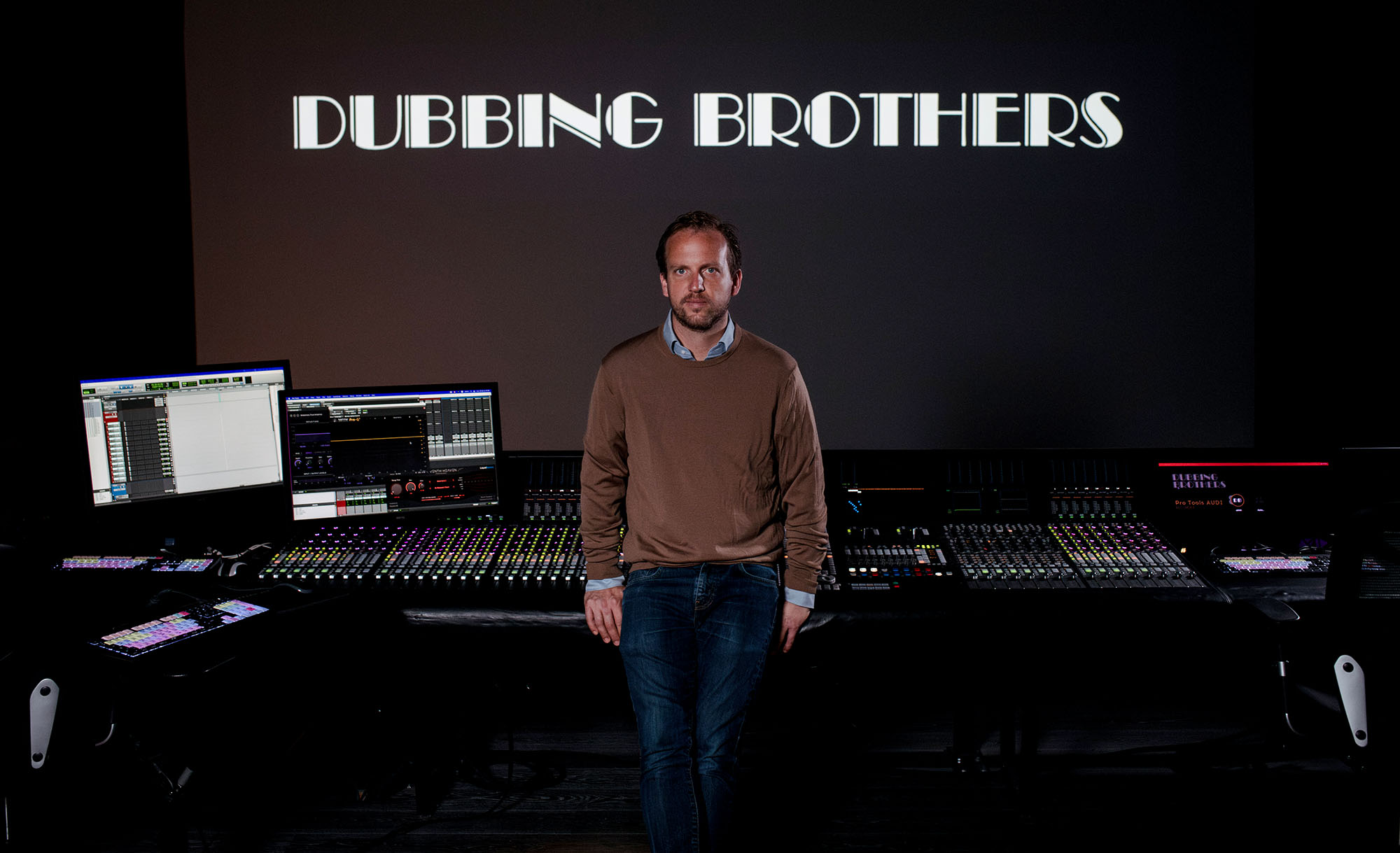
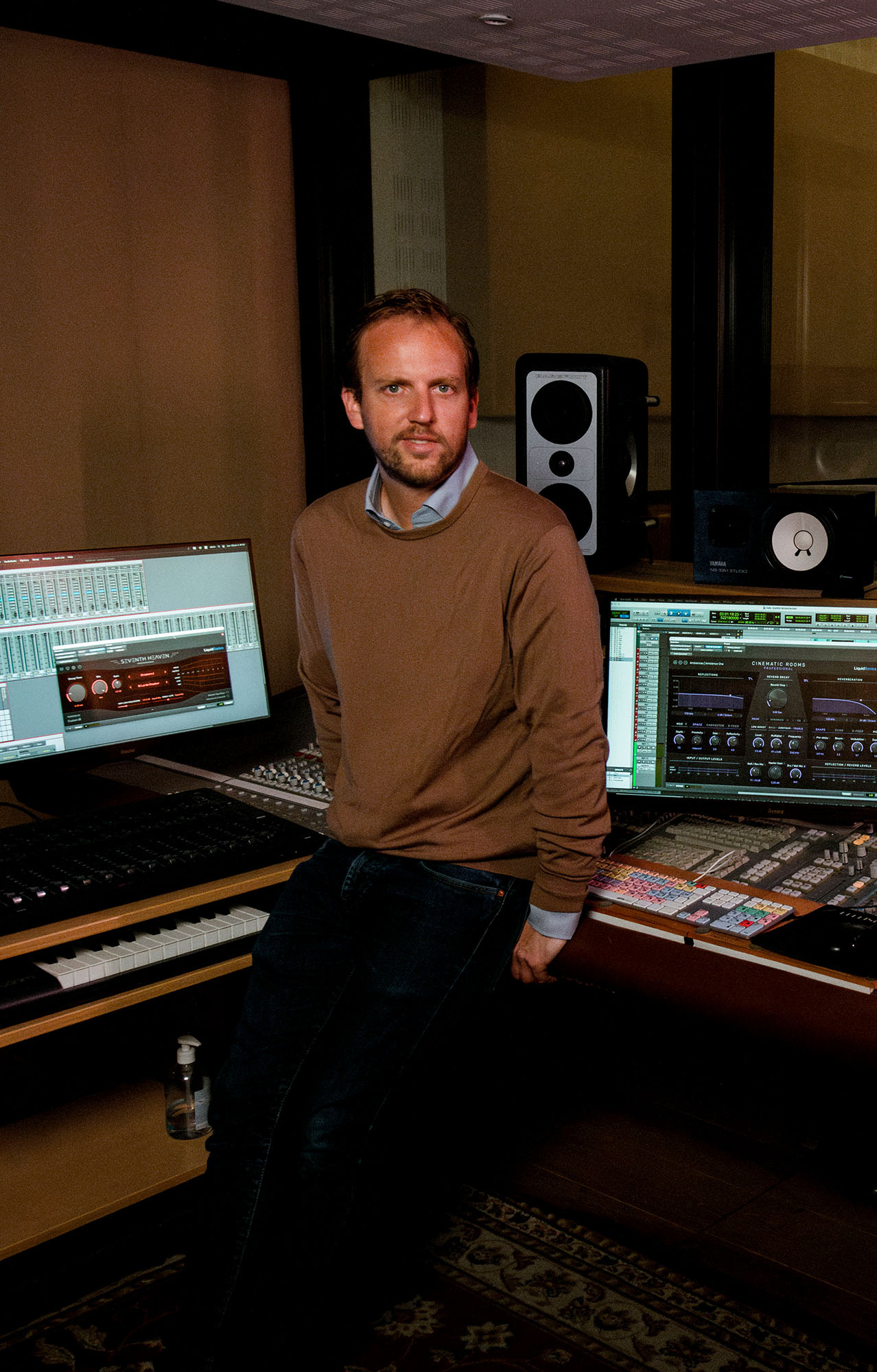
Q) I expect the ADR itself must at times be really challenging because a word might have two syllables in English, but in German it might have five syllables, so those must be enormous challenges when you’re trying to ADR.
That’s why we don’t do translation. We do adaptation. That means we don’t translate exactly with the same word, because as you said, it’s not the same size. So sometimes, just to make sure it will be in sync, we change the sentence to make the same sense, whilst making sure it will be in sync. It is important for the spectator not to be disturbed by the lip sync in order to fully enjoy the series or film.
Q) Do you have a team that goes through the script first and figures out how that script’s going to be adapted?
Yeah, we have local teams everywhere. Also, when we do medical movies for example, we hire some specialists to make sure we use the right words/translation.
Q) Is it all movies and TV shows you work on or do you reversion commercials as well?
No, just more TV shows for all platforms and lots of movies.
Q) And I’m guessing you’re working with Apple, Netflix, Amazon and Disney and all those kinds of major platforms?
Yeah, yeah, and we dub songs, for example Disney, we dub all songs. We have some music stages and we’ll have a singer who will sing in different languages for each song for Disney. In France, one of our first films was The Lion King in 1994.

Q) Technology is moving at such a pace these days, is there some kind of criteria you’ve got about how you equip your studios as a CTO? You must be getting emails from your team all the time saying, can we buy this plug-in or can we do this?
Yeah, exactly. That’s why I work a lot with the best mixers and I take the best experience of different mixers in different countries to validate plug-ins I’m going to deploy everywhere. There are so many tools on the market, so we need to have the best, in all our studios because I want to make sure if a mixer starts a mix in one stage in France, it can be used in another country because we will do another version in another country.
My goal is to make sure all mixers have the same plug-ins everywhere. Same version of Pro Tools, plug-ins, MacOS, drivers and everything.
Q) Are individual mixers allowed to install their own stuff or do you prohibit that?
No, only if it’s a customer request, otherwise we run the risk of having problems using the session in another studio. It can also be an opportunity to test new plug-ins. That’s how we discovered LiquidSonics plug-ins, used in film mixing studios in Los Angeles. We were quickly convinced by Cinematic Rooms and Seventh Heaven Professional, and I was able to get feedback comparing Seventh Heaven Professional with the Bricasti. So now, and also because of Atmos, we have these two plug-ins installed in all of our mixing rooms.
Q) Do you have some kind of process when you’re procuring a new product like reverb plug-ins, or a console, or microphones? Do you have a kind of specific process you go through for testing stuff before you buy it?
Yes I do some tests and usually I work with some different mixers and they do some tests in one movie or two movies, and they share their experiences and if it’s definitely a really good plug-in then I decide to install it everywhere and I buy 40 licenses to make sure everybody has the same plug-in. So, when we buy just one license, that means it will be just for one product but if we decide to validate this plug-in, that means we validate it for all our studios around the world.
Q) How did you feel when you first heard the LiquidSonics plug-ins?
I felt they were very natural. However, it’s mostly the experience of mixer feedback that helps us decide, because I used to be a sound engineer, so now I prefer to trust them and delay the decision to make sure it’s a mixer choice, not only my choice.
Also, it’s not just about sound, but also about ergonomics, stability. We tried a different well known plug-in but a lot of our mixers don’t like it because it’s not efficient. It’s complicated and it’s too CPU heavy for the session. The automation doesn’t work very well and there are so many issues with the impulse responses but all the LiquidSonics plug-ins we have are perfect. We don’t have any issues and it works perfectly. As I said, it’s not only about sound, it’s also about ergonomics and productivity.
Q) As I’m sure you appreciate, the Bricasti M7 is a stereo reverb so to make Seventh Heaven Professional Atmos-capable was a bit of a challenge, because there’s no such thing as it in real life. How did you feel when you found out that we were going to make an Atmos version of Bricasti?
It was a nice surprise. It was a big challenge because now we have a lot of projects in Atmos, it was hard to find a good immersive solution and when we tried LiquidSonics Seventh Heaven it was one of the best ones and the first one to be ready with this quality.
Q) Are there any favourite presets amongst your team?
Yeah, they told me they love the Rooms presets because usually they are working with rooms and exteriors, the feedback I have is very good about the rooms in these reverbs.
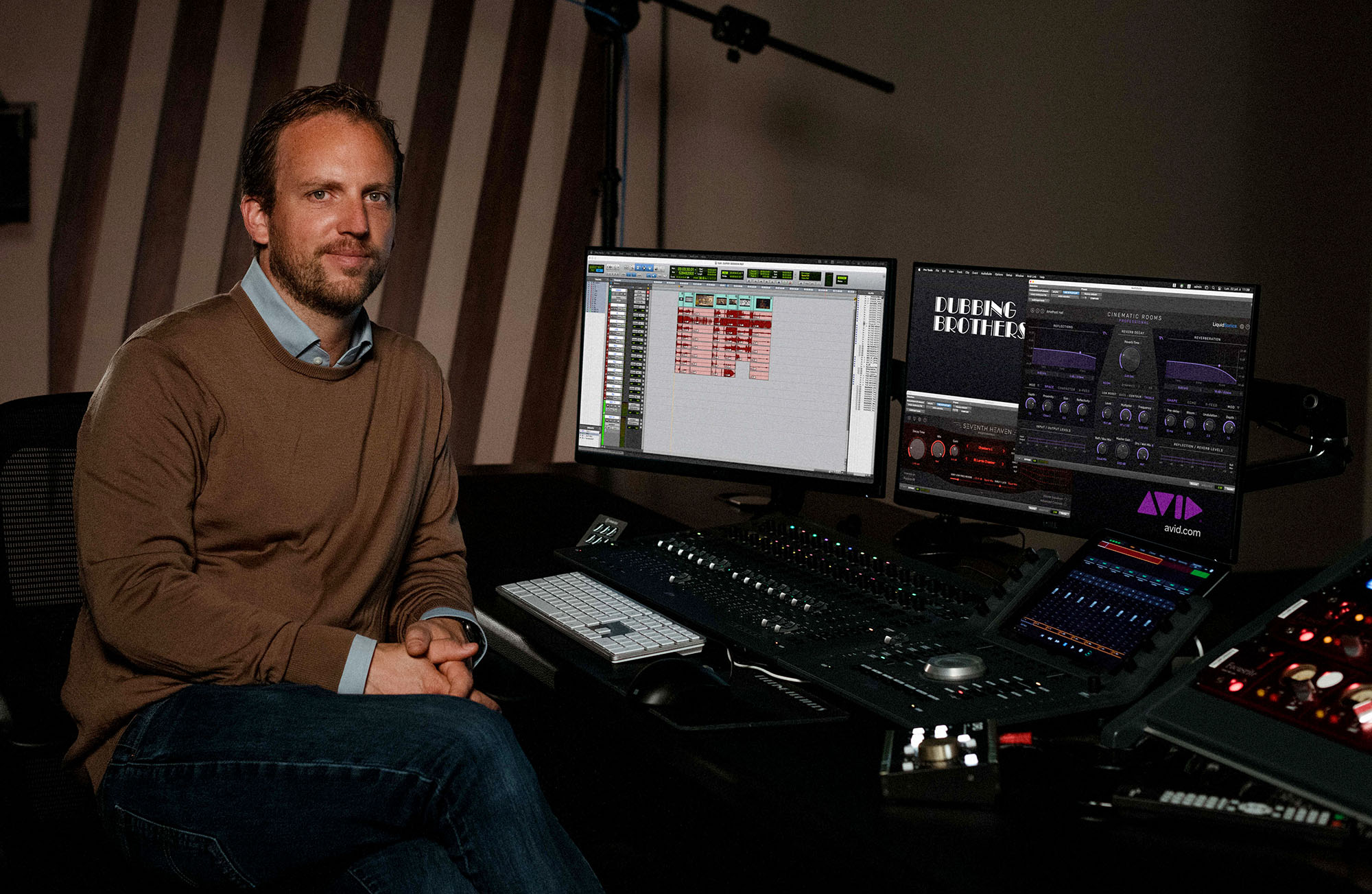
Q) So, coming back to matching reverbs, do you end up with stems from a production company or a broadcaster?
Sometimes, in some movies, especially when it’s a very important and famous movie, we receive a template, but mostly we don’t receive anything so we have to match with the original version. We basically do it by ear which is why engineers need the possibility to have the dialogue separate and analyse mute. So they mute the centre speakers to check if it’s LR, LCR and analyse the spatialisation and then they recognise the reverb and understand which reverb was used.
Q) Do you get any pointers from the original mixers who mixed it in the first place?
Sometimes we have some notes and sometimes we have the original mixer who comes to check our local versions, like David Fluhr in Los Angeles who came mostly every year to validate our work. It’s such a pleasure to have such experienced mixers come and validate our work and the respect of his mix in the other versions.
Q) So wrapping this up, what piece of advice would you give to somebody who’s just starting out, who wants to work in post?
In the past, studios had more equipment, which was more restrictive and more time-consuming to use. Today, equipment has become simpler and smaller. We almost all have the same mixing desk, but timescales are shorter and routings often more complex, especially with the Atmos format. It is therefore essential to devote as much attention to the technical aspect as to the creative one. Tools have become very visual and ergonomic, so we have to be careful to use our ears above all.

